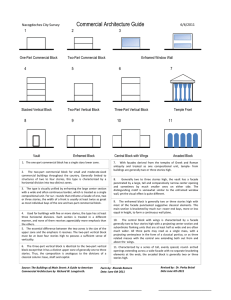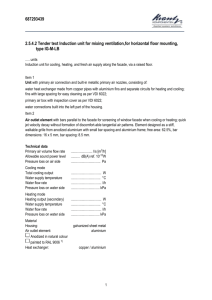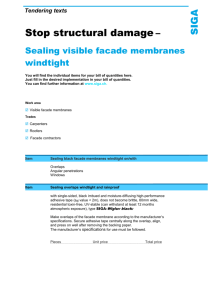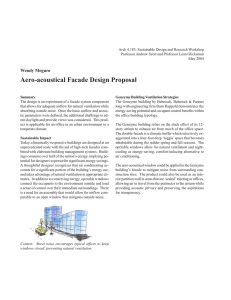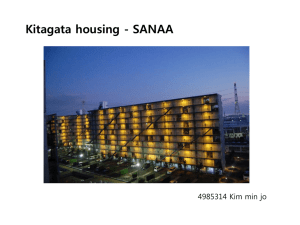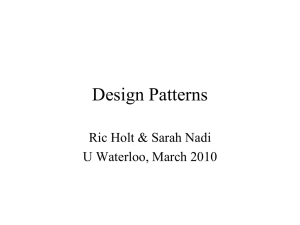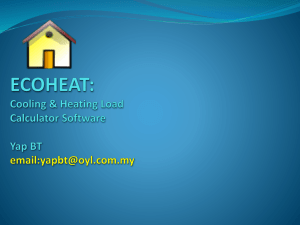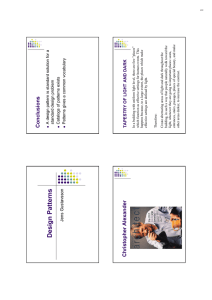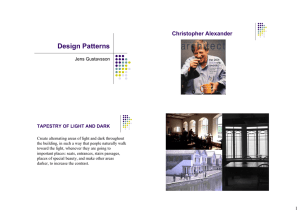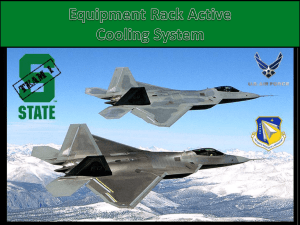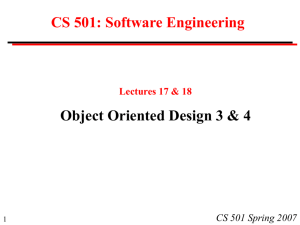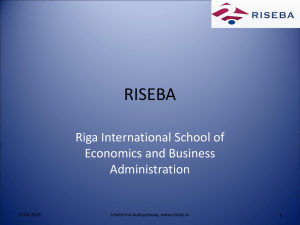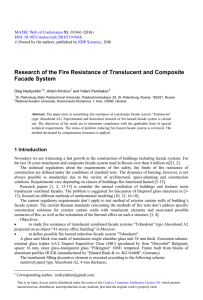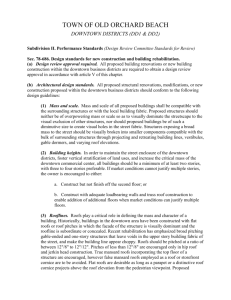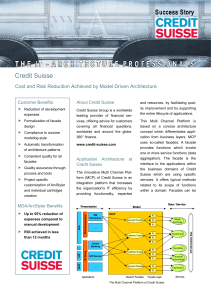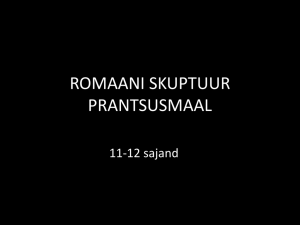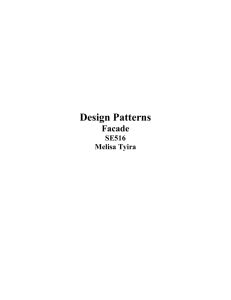Latvia, Riga Technical University
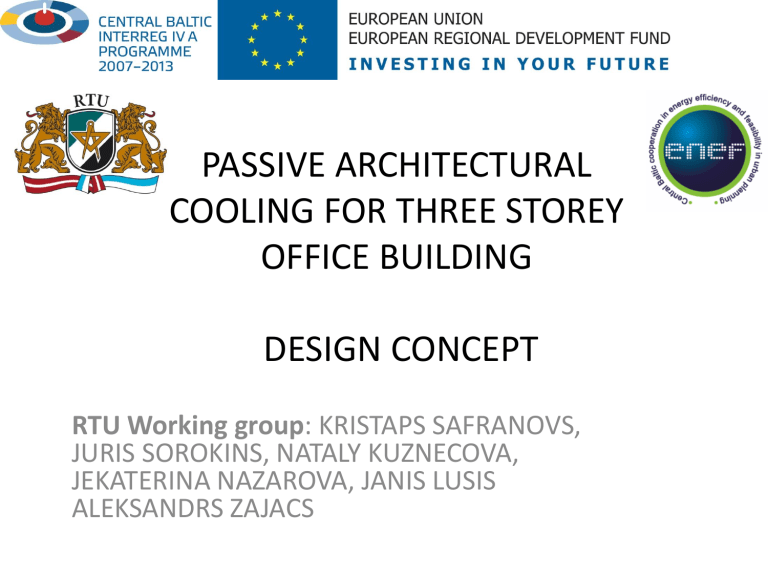
PASSIVE ARCHITECTURAL
COOLING FOR THREE STOREY
OFFICE BUILDING
DESIGN CONCEPT
RTU Working group: KRISTAPS SAFRANOVS,
JURIS SOROKINS, NATALY KUZNECOVA,
JEKATERINA NAZAROVA, JANIS LUSIS
ALEKSANDRS ZAJACS
PASSIVE BUILDING DESIGN
PRINCIPLE
Integrated design
W
Conventional design
N
E
S
SHAPE • SOLAR PATH • SUSTAINABILITY
BUILDING ENVELOPE
Key Features:
Structural support
Thermal resistance
Controls
Aesthetic
BUILDING ENVELOPE
North facade
South facade
DAYLIGHT FACTOR
2-5%
ILLUMINATION OF ROOMS
December 24th
June 24th
March 24th
RIGA SUN PATH
INTERNAL COMFORT
Comfort of the work environment:
– Solar gain
– Glare (contrast)
North facade
South facade
EXTERNAL EXPOSURE FACTORS
• Outside temperature
• Climate
• Solar radiation
• Sun path
• Wind
EXTERNAL EXPOSURE FACTORS
Wind pressure
P v
= 0.5 * ρ l
* v 2 ref
Pv –wind pressure, Pa;
ρl – air density , kg/m3.
V ref
= V meteo
* k * h a
V meteo
– known wind speed in certain area, m/s; k – factor depending on terrain (0,68 – open flat terrain, 0,21 – megalopolis); h – height from the ground surface to the air intake, m; a – factor depending on placement (0,17 – shore line, 0,33 - city).
CONCLUSIONS
• Building is elipse-shaped which gives the best area of the envelope /building space ratio and adapts to the sun path;
• Increased proportion of glazed facades benefits daylight factor and has a positive impact on residents' health, wellbeing and productivity;
• At the same time this increase cooling load of working space, that's why office area is located on the North side
• Building use reflected sun light instead of direct, which reduse glare effect;
• The use of atrium contributes building sustainability by provision of natural ventilation;
• The aim of the architectural passive cooling is achieved by setting correct lines of action – BUILDING SHAPE, SOLAR PATH,
SUSTAINABILITY.
PASSIVE ARCHITECTURAL
COOLING FOR THREE STOREY
OFFICE BUILDING
DESIGN CONCEPT
RTU Working group: KRISTAPS SAFRANOVS,
JURIS SOROKINS, NATALY KUZNECOVA,
JEKATERINA NAZAROVA, JANIS LUSIS
ALEKSANDRS ZAJACS
